Description
An English balloon 1784 by Paul Sandby printed on a Hoodie
About the Hoodie
Modern fit
It provides a more tailored look than a regular fit
Comfortable
The fabric and fit of this item are extra comfy
Tear-away tag
Easily removable tear-away tag that allows you to add a custom inside label
Premium quality
The product is made from premium, high-quality materials
Classic unisex hoodie with a front pouch pocket and matching flat drawstrings. The 100% cotton exterior makes this hoodie soft to the touch.
- 65% ring-spun cotton, 35% polyester
- Charcoal Heather is 60% ring-spun cotton, 40% polyester
- Carbon Grey is 55% ring-spun cotton, 45% polyester
- 100% cotton face
- Fabric weight: 8.5 oz./yd.² (288.2 g/m²)
- Front pouch pocket
- Self-fabric patch on the back
- Matching flat drawstrings
- 3-panel hood
- Tear-away tag
Paul Sandby (1731-1809)
Paul Sandby was an English map-maker turned landscape painter in watercolours, who, along with his older brother Thomas, became one of the founding members of the Royal Academy in 1768.
Sandby was born in Nottingham, and baptised there in 1731, although his date of birth has traditionally been given as 1725. In 1745 he moved to London where he followed his brother Thomas in obtaining an appointment in the military drawing department at the Tower of London. Following the suppression of the Jacobite rebellion of 1745, Sandby was employed to assist in the military survey of the new road to Fort George, and of the northern and western parts of the Highlands, under the direction of Colonel David Watson. He was later appointed draughtsman to the survey.
While undertaking this commission, which included preparing designs for new bridges and fortifications, he began producing watercolour landscapes documenting the changes in Scotland since the rebellion, and making sketches of Scottish events such as the hanging in Edinburgh of soldier-turned-forger John Young in 1751.
He left his post with the survey in 1751, and spent some time living with his brother, who had been appointed Deputy Ranger of Windsor Great Park. There he assisted his brother, and made a series of drawings of the castle, the town, and its neighbourhood, which were purchased by Sir Joseph Banks. His skills were applauded by fellow artists such as Thomas Gainsborough: if one wanted “real Views from Nature in this Country”, declared Gainsborough in 1764, there was no better artist than Sandby, who frequently “employ’d his pencil that way.”
He died at his house in Paddington on 7 November 1809, and was buried in the burial ground of St George’s, Hanover Square. He was described in his obituaries as “the father of modern landscape painting in watercolors”.

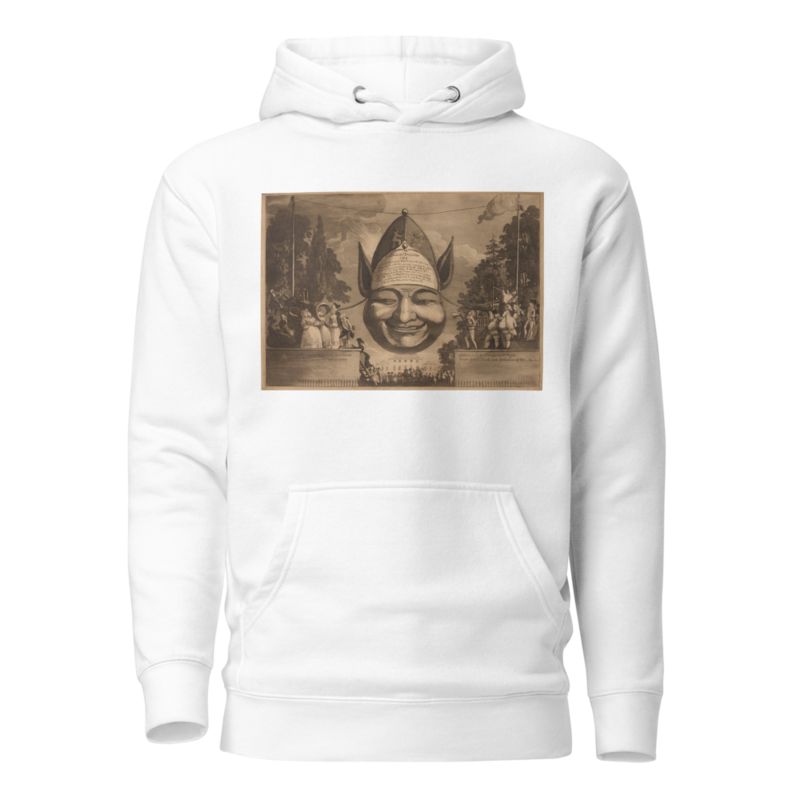
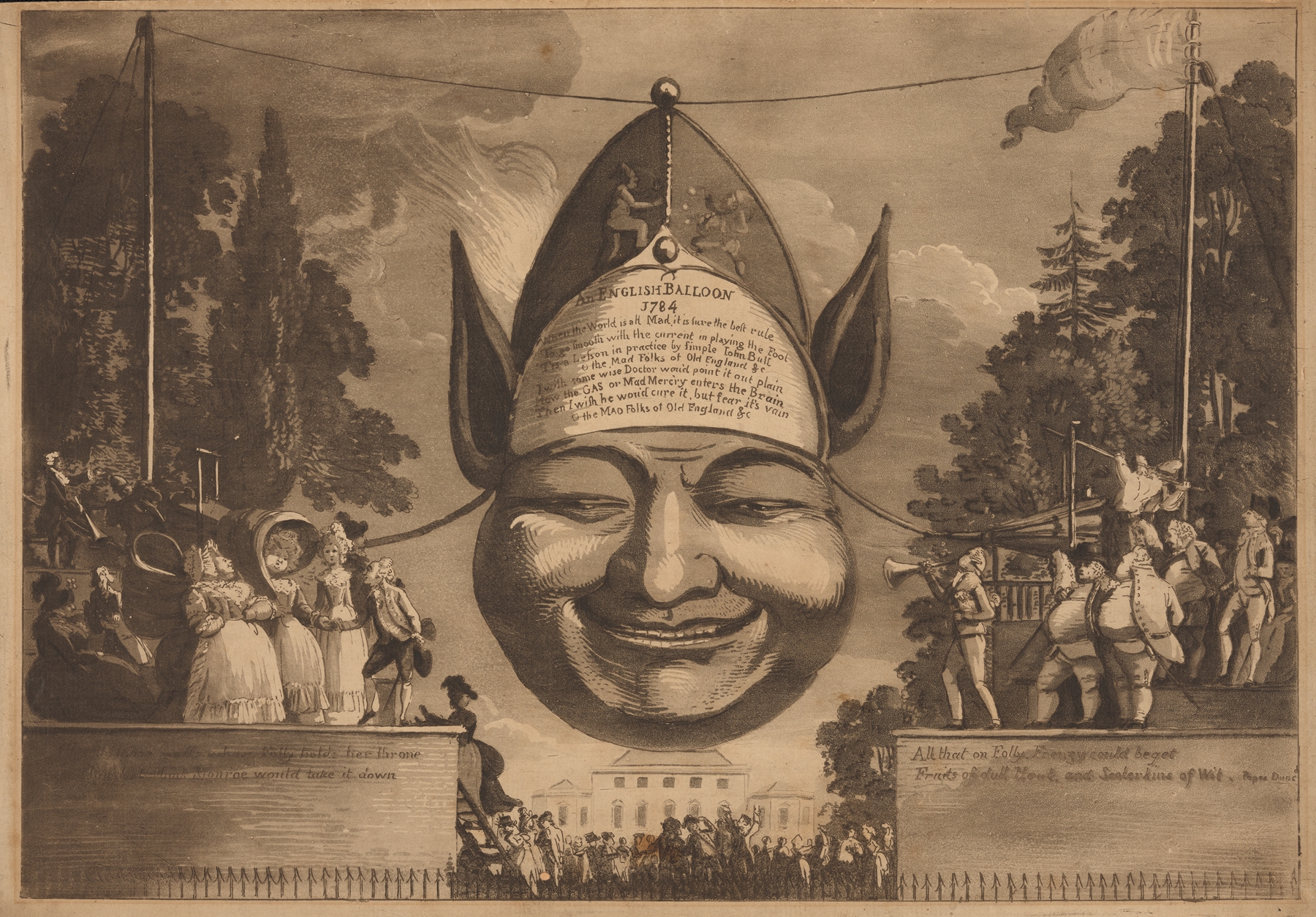
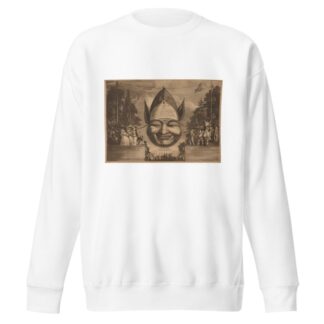
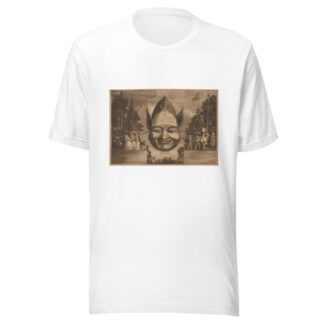
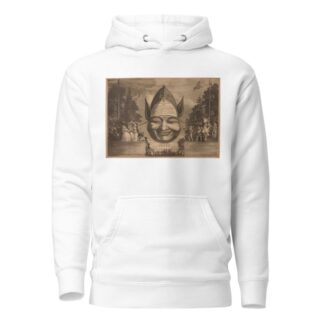
Reviews
There are no reviews yet.